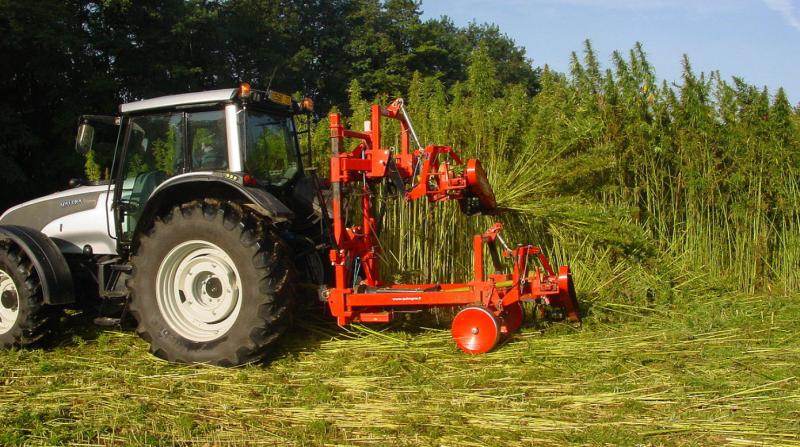
The world of 3d- printing is undergoing a fascinating metamorphosis, with eco-conscious materials like hemp filament emerging as a frontrunner. This article delves into the exciting potential of 3d-printing with hemp, exploring its sustainability credentials, economic and social impacts, and cost considerations.
Sustainable Marvel:
Hemp boasts exceptional sustainability qualities that translate beautifully to 3d- printing:
- Rapidly Renewable: Hemp is a fast-growing crop requiring minimal water and pesticides. This translates to a significantly lower environmental footprint compared to traditional filament materials like ABS plastic.
- Biodegradable: Unlike traditional plastics, hemp filament is biodegradable, breaking down naturally over time and minimizing waste accumulation in landfills.
- Locally Sourced Potential: Hemp cultivation can be localized, reducing reliance on long-distance transportation and associated greenhouse gas emissions.
Economic and Social Benefits:
The rise of hemp 3d-printing fosters positive economic and social impacts:
- New Markets for Farmers: Growing demand for hemp filament creates new opportunities for farmers, boosting rural economies and providing a lucrative alternative crop.
- Innovation and Job Creation: The development and use of hemp filament stimulate innovation in the 3D printing industry, potentially leading to new job opportunities in research, production, and application.
- Empowering Local Businesses: The ability to 3d-print with locally sourced hemp filament opens doors for local businesses to create custom products, fostering self-sufficiency and reducing reliance on global supply chains.
Cost Considerations:
While hemp filament offers numerous advantages, cost remains a factor to consider:
- Current Cost: Currently, hemp filament tends to be slightly more expensive than traditional options like ABS plastic. The price gap is narrowing as production scales up and demand increases.
- Life Cycle Analysis: A holistic cost analysis should take into account the entire life cycle of the product. While the initial cost of hemp filament might be higher, its biodegradability and potential for local sourcing can translate to long-term cost savings and environmental benefits.
Financial Estimates:
Providing a definitive cost estimate for 3d-printing with hemp is challenging due to fluctuating market factors. However, a rough idea can be gleaned:
- Hemp Filament Cost: A 1kg spool of hemp filament can range from $40 to $70, compared to $20-30 for ABS plastic.
- Printing Costs: The printing cost itself is largely determined by the amount of filament used and printing time, which can vary depending on the complexity of the project.
A Future Woven with Hemp:
Despite the initial cost considerations, the long-term benefits of 3D printing with hemp are undeniable. This innovative approach fosters a more sustainable future, empowers local economies, and paves the way for exciting new applications across diverse industries. As research and development progress, and production scales up, the cost of hemp filament is likely to decrease, making this eco-friendly material an even more attractive option for the future of 3D printing.

